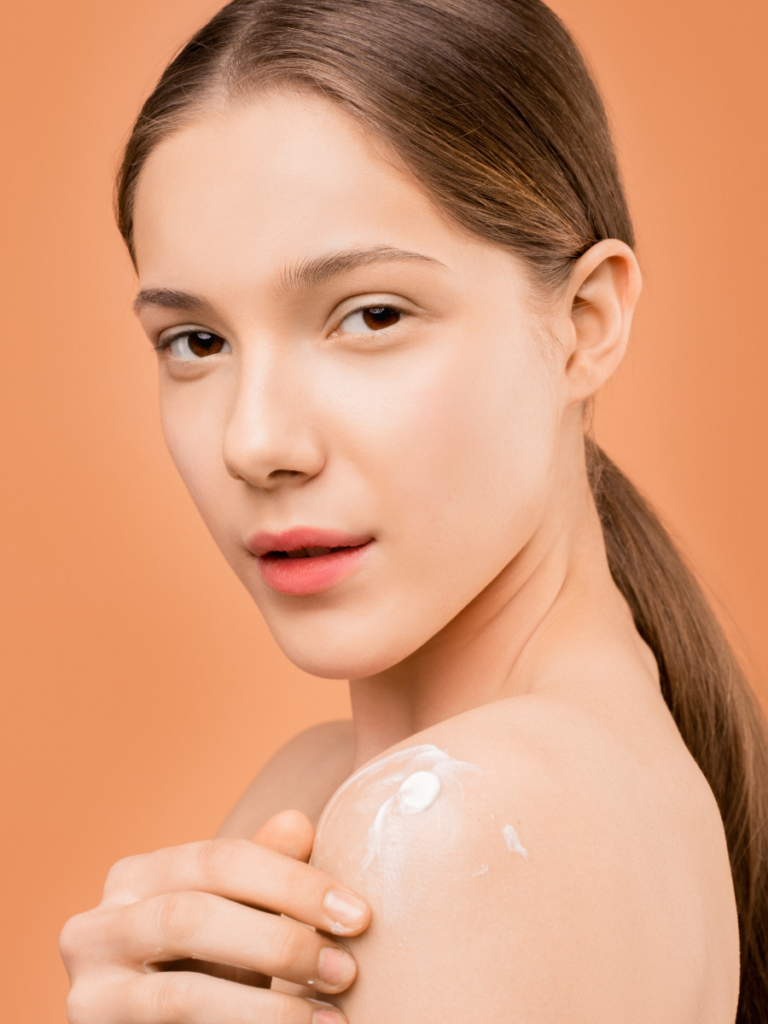The Smart Way to Build Authority in the Supplement or Beauty Space
Most people don’t wake up trusting a brand. Especially not one that makes big claims about better skin, a sharper mind, or glowing health in a bottle. The truth is—if you’re in the supplement or beauty space, you’re stepping into a market full of noise. And your audience? They’re skeptical. They’ve heard it all before. That’s why building authority isn’t optional. It’s the difference between being seen as just another product… or being remembered as the expert people turn to, talk about, and buy from—again and again. This isn’t about chasing likes or paying for attention. It’s about crafting something real. Something credible. If you’re ready to be known for what you know, not just what you sell, you’re in the right place. Why authority is everything in wellness and beauty Walk into any store—or scroll for ten seconds online—and you’ll see the same thing: flawless packaging, big promises, and taglines that swear this is the product you’ve been missing. It all starts to blur together. That’s the problem. When everyone’s claiming to be clean, science-backed, or results-driven, people stop listening to the claims. They start looking for signals they can trust. That’s where authority changes the game. People don’t just buy supplements or skincare because of pretty labels. They buy because they’ve seen your name in a credible interview. They’ve read your take on ingredient safety. They’ve heard you talk shop with professionals who know what they’re doing. Authority turns curiosity into trust—and trust is what makes people stay. It shortens the time between I’m interested and I’m buying.It attracts real partnerships, not just cold outreach.It makes you the founder or formulator people quote in conversations, not just tag in comments. You can’t fake it. And once you’ve got it, your brand moves differently. Start with your story, not your product People don’t connect with products. They connect with people. If the first thing you share is your formulation or price point, you’re missing the point. Your audience wants to know who’s behind the product—and why it exists in the first place. Was there a moment that made you question what was on store shelves? Did you struggle with something your product now solves? Were you tired of gimmicks and wanted to do things differently? That’s what cuts through. Your story doesn’t need to be dramatic. It just needs to be true. Honest stories are rare in this space—and when you tell one well, people remember you. The goal isn’t to turn yourself into a walking billboard. It’s to show your audience that you’re human, and that you’ve built something out of real experience and real care. That’s what makes your brand relatable. And that’s where authority begins. Show, don’t tell: create credibility with real-world proof Telling people you’re credible doesn’t make it so. They need to see it for themselves. This is where proof matters more than polish. If you’ve worked with a trusted lab or third-party tester, talk about it. If you’ve earned certifications, show them clearly—don’t tuck them into the footer of your site like a footnote. These details signal legitimacy before you ever say a word. Real-world proof can also come from your customers. Before-and-after photos. Transparent reviews. Screenshots of someone saying your product actually helped them sleep, or cleared up their skin after everything else failed. Even your own transformation counts—if you’re willing to be honest about the journey. And if you’ve done the deep work—like sourcing your own ingredients or developing something in-house—that’s worth spotlighting. Most brands don’t go that far. When you do, it shows that you’re not here to play in the shallow end. Authority doesn’t come from saying “trust me.” It comes from showing why people already do. Get visible in the right places (not just Instagram) Instagram is great for looking good. But looking good isn’t the same as being credible. If you want to be taken seriously as a leader in supplements or skincare, you need to show up in places where trust is built—not just where trends live for 24 hours. Think podcast interviews where you talk through your process. Think founder features in niche publications that your industry actually reads. Think LinkedIn posts that pull back the curtain on your wins and your lessons. This kind of visibility doesn’t just boost your brand. It builds depth. It shows that you’re willing to share what you know—not just sell what you make. And the right platforms create a trail. Someone Googles your name? They see a podcast clip. A quote in a trade article. A thoughtful post that doesn’t read like copy-paste marketing. You’re no longer just a brand. You’re someone with a voice. That’s where trust starts to stack. Use educational content to build trust at scale You don’t need to shout to be heard. Teaching works better. People remember the brands that help them understand what they’re putting on their skin or into their bodies. If you can explain what ashwagandha actually does—or why certain ingredients don’t belong in eye creams—you’ve already done more than most. And it doesn’t have to be complicated.Short videos breaking down an ingredient.A blog post explaining why your formula avoids fillers.Even a Q&A where you answer real customer questions. What matters is clarity. Not fluff. Not jargon. Just useful, honest insight from someone who knows what they’re talking about. The more you teach, the more you become the source. And when people trust your content, they start trusting your product—often without you having to pitch it at all. Align yourself with respected voices You don’t have to be the loudest. But it helps to stand next to someone people already trust. When you’re seen alongside a known expert—on a panel, in a co-authored post, or even in a casual conversation online—it changes how people see you. It sends a message: you’re in the room where real things happen. This doesn’t mean chasing influencers. It means connecting with people who know what they’re doing—formulators, researchers, practitioners, educators—and finding ways to











